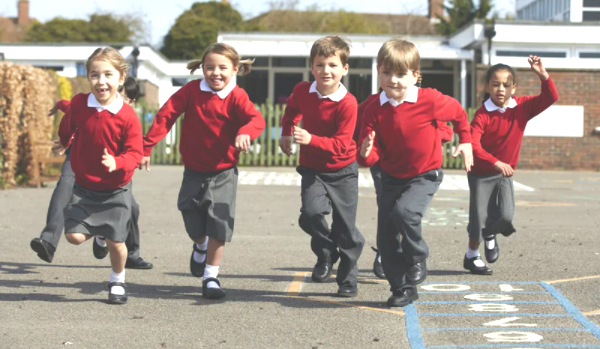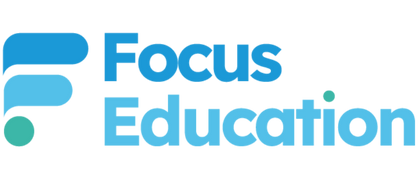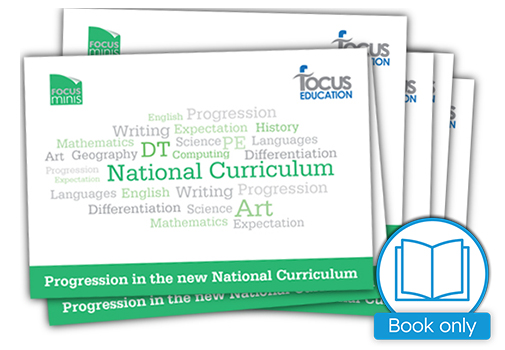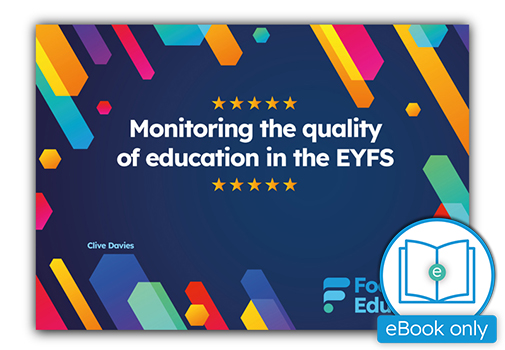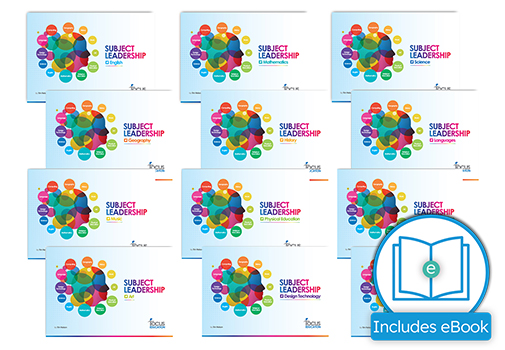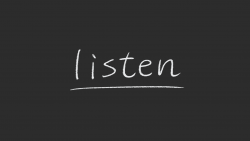The importance of the EYFS Curriculum and transition phase
I was working with a DT subject leader, and she commented on the perennial issue of not enough time in KS1 and KS2 for her subject, and that her monitoring had identified some areas for development, not least in increasing opportunities for pupils to undertake the subject. I asked about EYFS and she had not included this in her monitoring, so later we went and had a look, having checked the EYFS team didn’t mind us popping in during the afternoon session.
Looking at provision from a DT viewpoint it was evident to both of us that the children had many opportunities to develop what would be DT in any other key stage: cutting and joining; using a range of materials for different purposes; building ‘prototypes’; using construction toys and planning and evaluating their products.
I know this is stating the obvious, especially to anyone with a passing knowledge of EYFS practice, but it’s often missed in the hectic world of subject leadership. This is especially true for DT which can be a poor relation to Art and Design in many schools. So if you are a DT subject leader, or if you know one, suggest they start their monitoring with the youngest children. Typically, they will get off to flying start with a wealth of opportunities in EYFS. And in many schools, the DT curriculum in KS1 and KS2 has vastly improved in recent times. It’s just important to ensure this is the case, and that pupils don’t then move onto a restricted diet of glorified junk modelling on the occasional Friday afternoon for the next six years…
It’s a similar story with some other subjects, such as geography. I was visiting a school last week and spent some time with children in a Reception class and took the opportunity to help a group of children make a train track on the carpet (a perk of the job obviously). The children were placing buildings and trees around the track and using geographical vocabulary to describe where the train would go and what the features were: up here, down there, over the hill, woods, town, shops, farm, etc.
Other children were pushing vehicles around one of those floor mats that is a plan of a town, or a map as we would call it. Again, it would be interesting to see if the geography subject leader is fully aware of children’s prior learning in this setting when they go into KS1.
Of course, there are other examples like this across the curriculum. But as Ofsted’s research view in geography identified the subject as generally weaker when compared with history in primary schools, subject leaders might wish to focus on the starting points and progress through EYFS, as well as the curriculum in KS1 and KS2 in geography.
